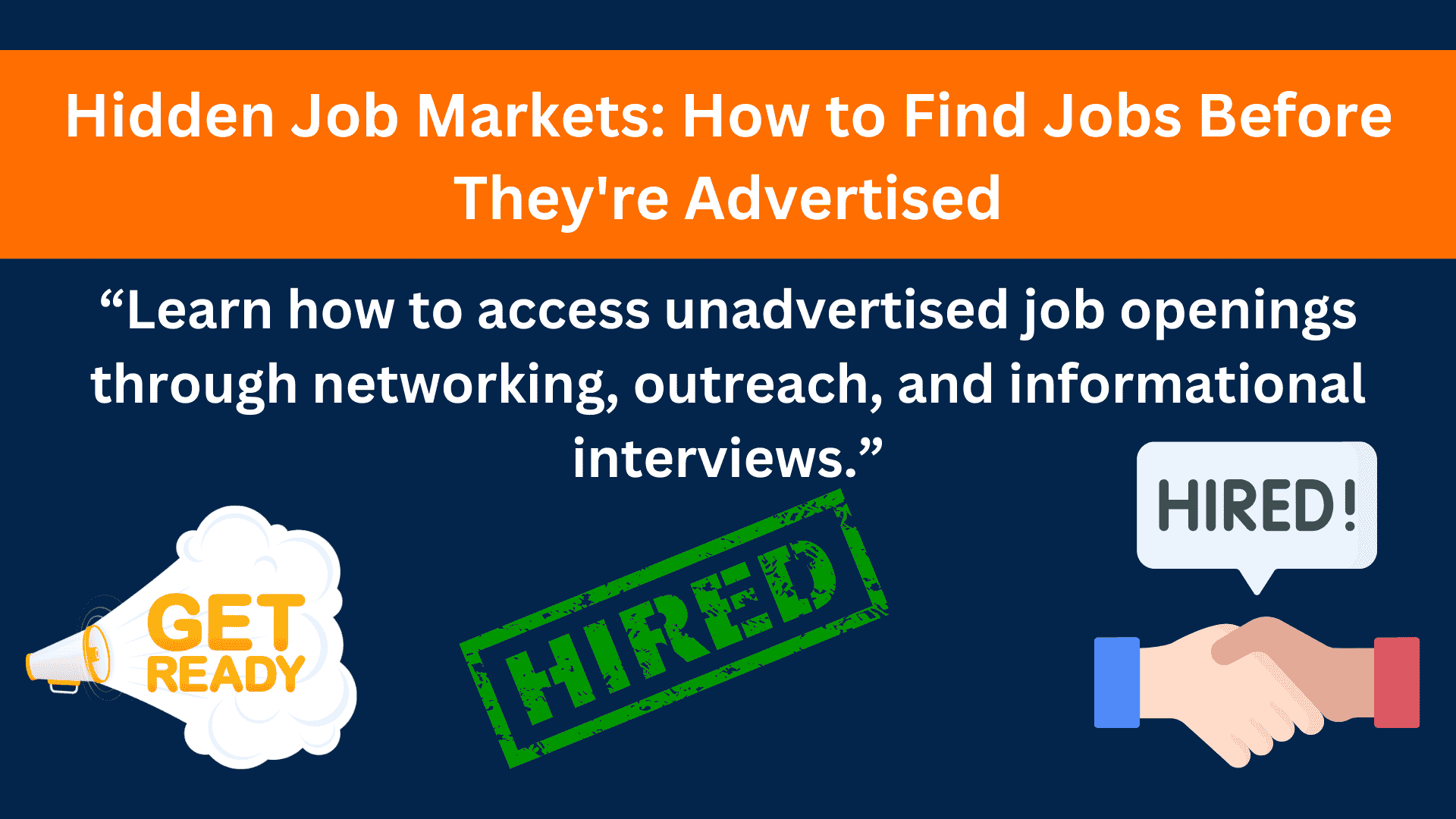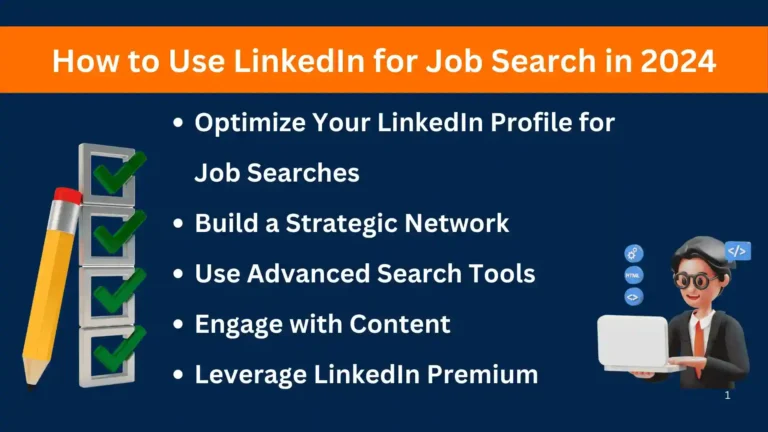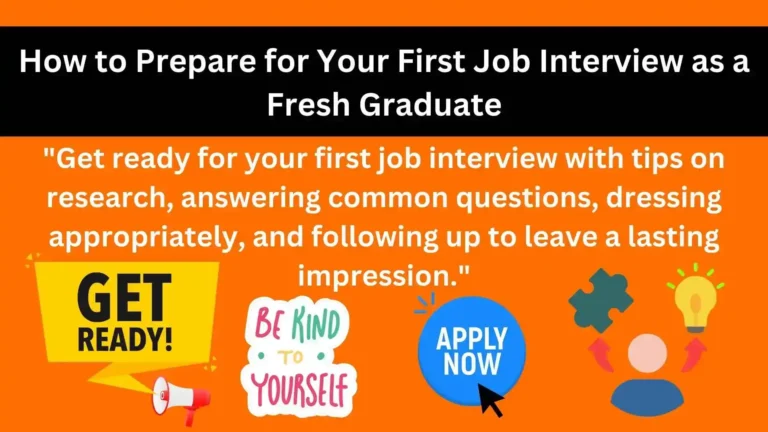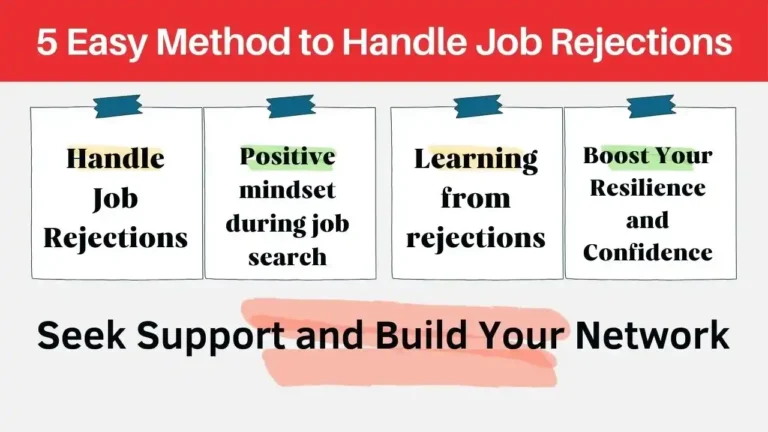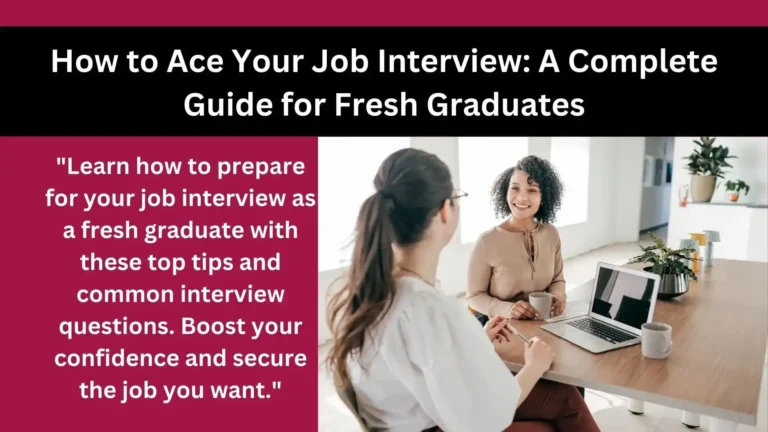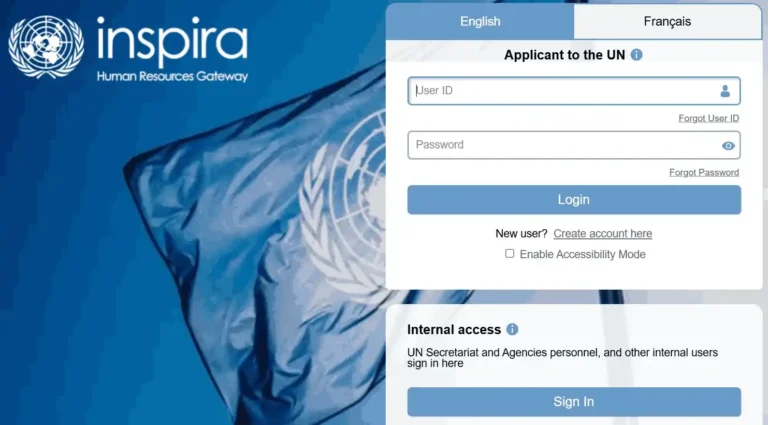Freelancing How to Uncover the Hidden Job Market
Imagine uncovering freelancing opportunities before they even hit the public market. This isn’t just a dream—many projects and roles are filled internally or through referrals without ever being advertised. This hidden job market accounts for a significant percentage of hiring, as employers often prefer to save time and costs by tapping into trusted networks. For freelancers, tapping into this hidden market can mean landing exclusive projects and securing opportunities perfectly aligned with your skills and expertise.
In this guide, we’ll reveal how to uncover the hidden job market for freelancers. From mastering the art of networking to leveraging proactive outreach and building meaningful client relationships, these actionable strategies will help you bypass traditional competition and open the door to unadvertised freelance opportunities.
Table of Contents
1. What is the Hidden Job Market and Why Does It Matter?
The hidden job market refers to job opportunities that are not publicly advertised on job boards or company websites. These roles are often filled through internal promotions, employee referrals, networking, or direct outreach by candidates. Employers leverage the hidden job market to save time, reduce recruitment costs, and find candidates who are already a good cultural fit.
This market matters because it accounts for a significant portion of all hiring, with industry experts estimating it to be as high as 80%. For job seekers, especially fresh graduates and freelancers, tapping into the hidden job market offers a competitive edge by reducing direct competition and providing access to exclusive opportunities that align with their skills and career goals.
Save on recruitment costs.
Fill roles quickly through referrals.
Seek candidates who fit the company culture.

Examples of Hidden Opportunities:
A manager promoting an internal employee.
A referral from an existing employee.
Roles created for exceptional candidates who proactively reach out.
2. Start Networking for jobs
Networking Strategies to Access Hidden Job Opportunities
Networking is one of the most effective strategies for accessing hidden job opportunities. Start by attending industry events, webinars, and local meetups to connect with professionals in your field. Building meaningful relationships is key, so focus on quality over quantity—engage in genuine conversations and offer value where possible. Leverage LinkedIn to expand your network by connecting with alumni, colleagues, and industry leaders, and participate actively in discussions and group forums.
Reaching out to former mentors, classmates, or colleagues can also open unexpected doors. Informational interviews are another powerful tool, allowing you to gather insights while establishing a professional connection. By nurturing these relationships and staying proactive, you increase your chances of hearing about unadvertised roles and receiving referrals from your network.

Attend Industry Events and Meetups
Find local and virtual events related to your field. Conferences, seminars, and workshops provide an excellent opportunity to meet industry professionals.
Pro Tip: Prepare a 30-second elevator pitch to introduce yourself effectively.
Reconnect with Past Contacts
Reach out to former colleagues, mentors, or classmates. A simple message like, “I’m exploring opportunities in [industry], and I’d love to hear about your experiences,” can open doors.
Use LinkedIn Strategically
Find Alumni: Use LinkedIn’s “Alumni Tool” to identify graduates from your school working in your target industry.
Engage with Posts: Comment thoughtfully on posts from potential employers or industry leaders to start a conversation.
3. Leverage Informational Interviews
An informational interview is a conversation with someone working in your desired field or company. It’s not about asking for a job—it’s about gathering insights and advice.

How to Request an Informational Interview
Send a personalized message like:“Hi [Name], I admire your work at [Company]. I’m exploring career opportunities in [industry] and would appreciate 15 minutes of your time to learn about your experience.”
Key Questions to Ask:
What does a typical day in your role look like?
What skills do you think are most important for success in this industry?
Are there any upcoming opportunities at your company?
4. Proactive job search strategies
Proactive job search strategies go beyond merely waiting for job postings to appear. Taking the initiative to identify potential employers, research their recent projects or expansions, and directly reach out demonstrates your enthusiasm and dedication. Platforms like Glassdoor and LinkedIn are invaluable for gathering insights into companies within your field.
By crafting tailored cold emails, you can effectively highlight your skills and showcase how you can contribute to their goals. This personalized approach not only captures the attention of hiring managers but also opens doors to opportunities that might not yet be advertised, giving you a competitive edge in the job market.
Research Target Companies
Use tools like Glassdoor or LinkedIn to identify companies in your field.
Look for recent news, expansions, or projects that might require new hires.
Send a Cold Email
Subject Line: “Exploring Opportunities with [Company Name].”
Body: Highlight your skills, express interest in contributing, and attach your resume.
Example Email:
Subject: Exploring Opportunities with GreenTech Innovations
Hi [Hiring Manager’s Name],I hope this message finds you well. My background in renewable energy and project management aligns closely with GreenTech’s mission to innovate sustainable solutions. I’d love to discuss how I can contribute to your upcoming projects. I’ve attached my resume for your reference. Looking forward to hearing from you!Best regards,[Your Name]*
5. Freelancing How to Uncover the Hidden Job Market and Volunteer Work
Many full-time roles begin as part-time projects or volunteer opportunities.

Start with Freelance Platforms
Websites like Upwork, Fiverr, or Freelancer allow you to showcase your skills and build connections with companies that may later hire full-time.
Volunteer Strategically
Offer your expertise to non-profits or startups in exchange for experience and networking. You may find that a volunteer role transitions into a paid position.
6. Use Employee Referral Programs
Many companies reward employees for referring qualified candidates. Reaching out to someone in the organization could lead to a referral and bypass the traditional application process.
How to Approach for a Referral:
Build rapport with an employee via LinkedIn or mutual connections.
Politely ask if they’re aware of any openings and if they’d be comfortable referring you.
Real-Life Example of the Hidden Job Market in Action Jane, a marketing professional, attended a webinar hosted by her dream company. After the event, she connected with the speaker on LinkedIn and sent a message thanking them for their insights. This led to a coffee chat, where she learned about an unadvertised opening—and got the job after applying.
7. How to find hidden jobs
Finding hidden jobs requires a strategic approach that involves leveraging your network, conducting thorough research, and proactively reaching out to potential employers. Start by tapping into your existing connections—reach out to former colleagues, mentors, or alumni and let them know you’re exploring opportunities. Use tools like LinkedIn to identify decision-makers in your target industry and engage with their content to build rapport.
Research companies that align with your career goals by looking into their recent news, expansions, or hiring trends. You can also attend industry events and meetups to connect with professionals who might share insights into unadvertised openings. By combining these tactics with direct outreach, such as sending tailored cold emails, you can uncover hidden job opportunities and position yourself as a proactive and resourceful candidate.
FAQs on How to Find Hidden Jobs
1. What is the hidden job market?
The hidden job market refers to job opportunities that are not advertised publicly. These positions are often filled through referrals, internal promotions, or proactive outreach by job seekers.
2. Why do companies prefer the hidden job market?
Companies save time and money on recruitment by filling positions through referrals, internal candidates, or direct outreach from job seekers. This approach ensures they hire trusted and culturally aligned candidates.
3. How can I tap into the hidden job market?
To access hidden jobs, build a strong professional network, attend industry events, reach out to potential employers directly with cold emails, and leverage platforms like LinkedIn to connect with decision-makers.
4. What are the best networking strategies for hidden jobs?
Networking strategies include attending conferences, reconnecting with past colleagues, using LinkedIn’s Alumni Tool, and engaging with content shared by industry professionals to build relationships.
5. Can informational interviews help me find hidden jobs?
Yes, informational interviews allow you to learn about a company or industry directly from employees. They help you build connections and might reveal unadvertised job opportunities.
6. Should I contact companies directly to find hidden jobs?
Absolutely! Research your target companies, identify hiring managers, and send tailored cold emails expressing your interest and skills. Proactive outreach can often lead to hidden job opportunities.
7. Are employee referral programs useful for accessing hidden jobs?
Yes, employee referral programs are a great way to bypass traditional hiring processes. Building rapport with current employees can increase your chances of getting a referral.
8. How do I use LinkedIn to discover hidden job opportunities?
Use LinkedIn’s tools to identify alumni in your industry, join professional groups, engage with company posts, and connect with hiring managers to uncover potential opportunities.
9. Can freelancing or volunteering lead to full-time hidden jobs?
Yes, freelancing or volunteering allows you to showcase your skills to employers. Many full-time roles begin as freelance projects or volunteer positions, making it a great entry point.
10. What are some examples of hidden job opportunities?
Examples include internal promotions, roles filled through employee referrals, freelance positions converted to full-time jobs, and opportunities created for candidates who proactively reach out to companies.
Conclusion
The hidden job market is vast, offering opportunities that many candidates overlook. By networking strategically, conducting informational interviews, and proactively reaching out to companies, you can tap into these unadvertised positions and advance your career. Start today by attending an event or reconnecting with a former colleague—you never know where the next opportunity will come from!

